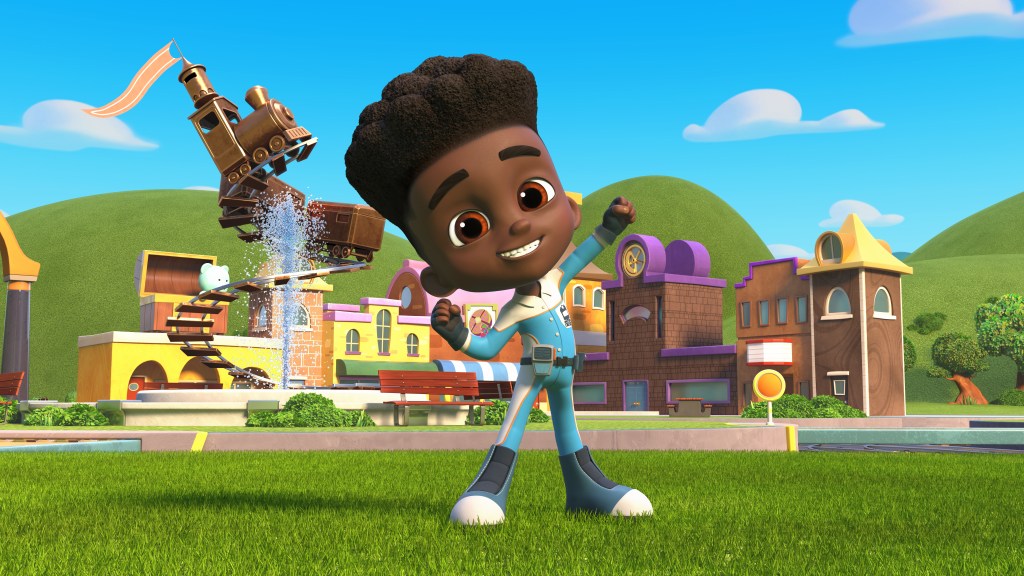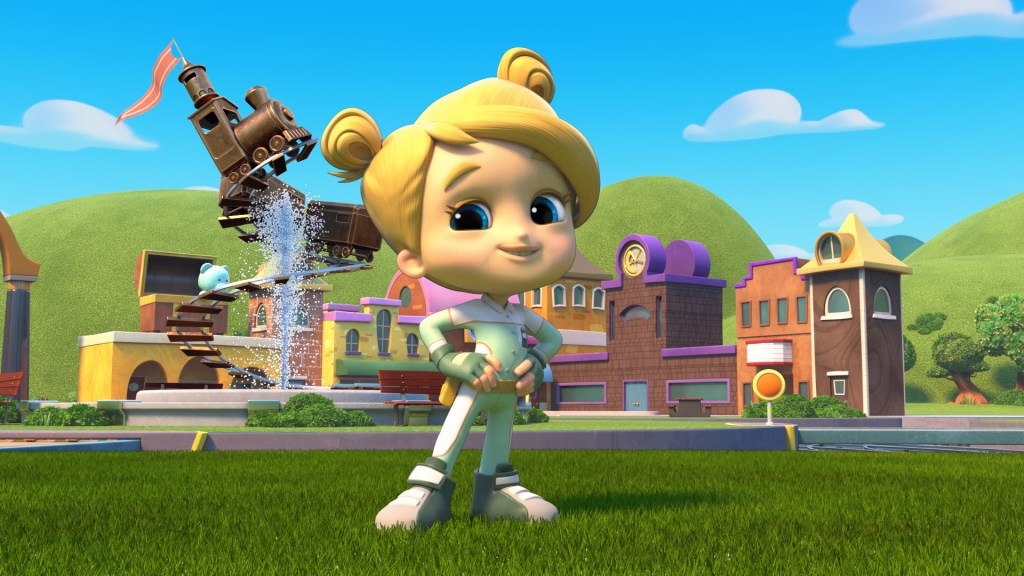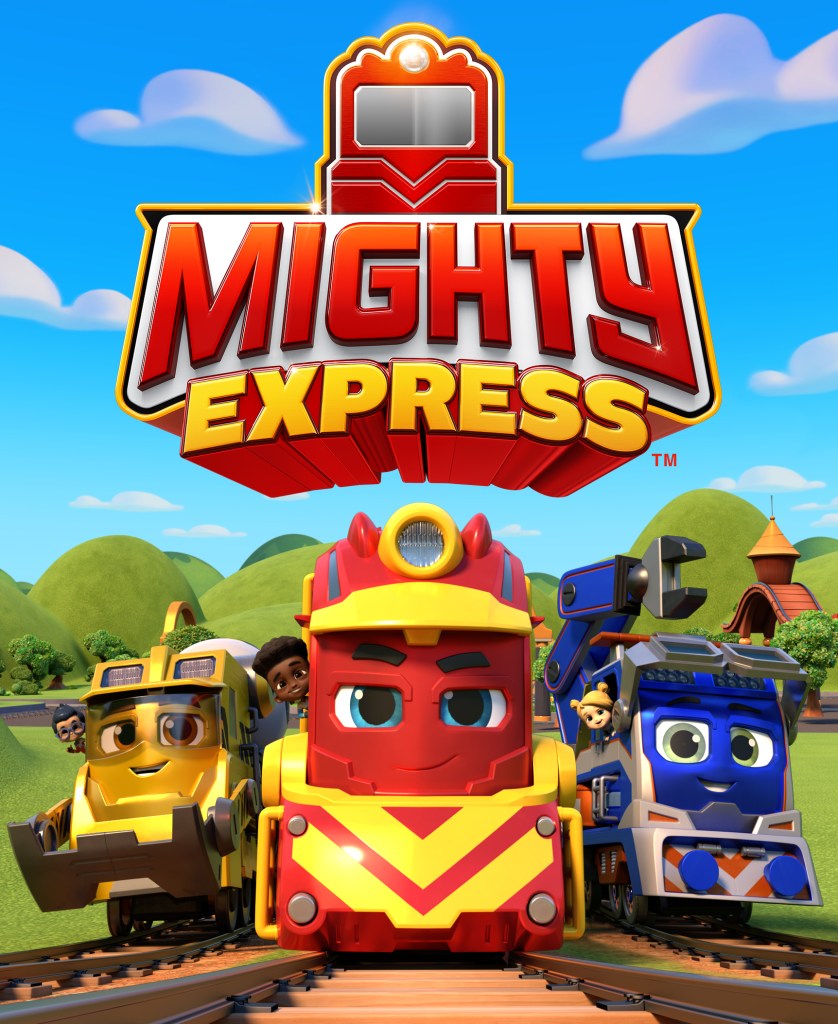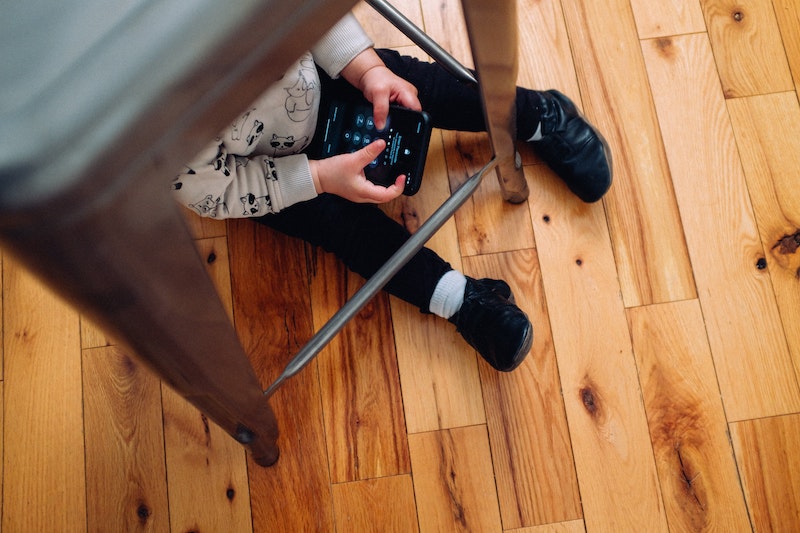Learning how to work together, the importance of friendship, perseverance and having fun despite daily challenges are all values that make a happy kid and a successful adult. It can be difficult to teach tiny humans these life lessons, since they’re not quite as tangible as the ABC’s! For this reason and so many more, we are loving Mighty Express—an exciting new Netflix original preschool series!
From Spin Master Entertainment, the creators of PAW Patrol, Mighty Express is a series of 11-minute adventures that set preschoolers in motion with action-packed, high-stakes missions, cool tools and trainloads of humor. In every episode a team of trains and their kid best friends work together to overcome obstacles in the vast, colorful and quirky world of Tracksville. The cast of diverse characters each have their own unique personalities, skill sets and jobs, reflecting the world around us with an inclusive spirit. Read on to learn more about the stars of the show, why your kids will love them and what they will learn along the way.

Max: The Leader
It’s not just his name; it’s his personality! Max is the leader of the group. His enthusiasm inspires the team to work together and have each other’s back (or engine). He assigns train cars for their missions, and while his job is to keep everything moving, he knows how to remain empathetic when any problem arises. Max takes his duties seriously but knows how to have fun!

Nico: Keeps Everyone on Track
As the resident smarty pants, he knows every inch of Tracksville. A problem solver with nerdy enthusiasm, Nico is an excellent multitasker, helping the team when they get stuck—figuratively and literally! Nico prides himself on keeping everyone happy and safe, not to mention, entertained, as the resident DJ!

Liza: The Train Whisperer
She is your go-to for everything train as the mechanical engineer. Creative and resourceful (not to mention handy), she makes sure the trains are running and feeling their best. Liza is ever-curious about the world around her and methodical in her work—she’s also a reliable friend with a big heart to match her big talent.

Meet the (Personality-Packed) Trains
With so many new friends on board, your little one is sure to find a train they can relate to! Freight Nate is the strongest and fastest train of the bunch, and always there to help friends out of sticky situations. Then there’s Build-It Brock, a shy, gentle giant that’s highly skilled at building whatever the town needs.
Mechanic Milo is dependable and enthusiastic about his array of tools that he’s always willing and able to fix anything with. Your little animal lover will fall for Farmer Faye who helps move animals and produce, always with a kind word to share.
Rescue Red is the resident firefighter who takes safety very seriously. Fire engine train Flicker is Red’s little brother, high energy and playful, and one of the younger trains in town. Friendly, cautious and polite, Peoplemover Penny gets kids where they need to go, all while singing sweetly along the way!
Ten Mighty Express episodes roll onto Netflix today including ‘Nate’s Fright Night’, a fun Halloween special where the characters dress up as superheroes, sure to get your little one into the Halloween spirit. Hop on board and follow along @MightyExpressOfficial and Mighty Express YouTube.
—Jamie Aderski
























